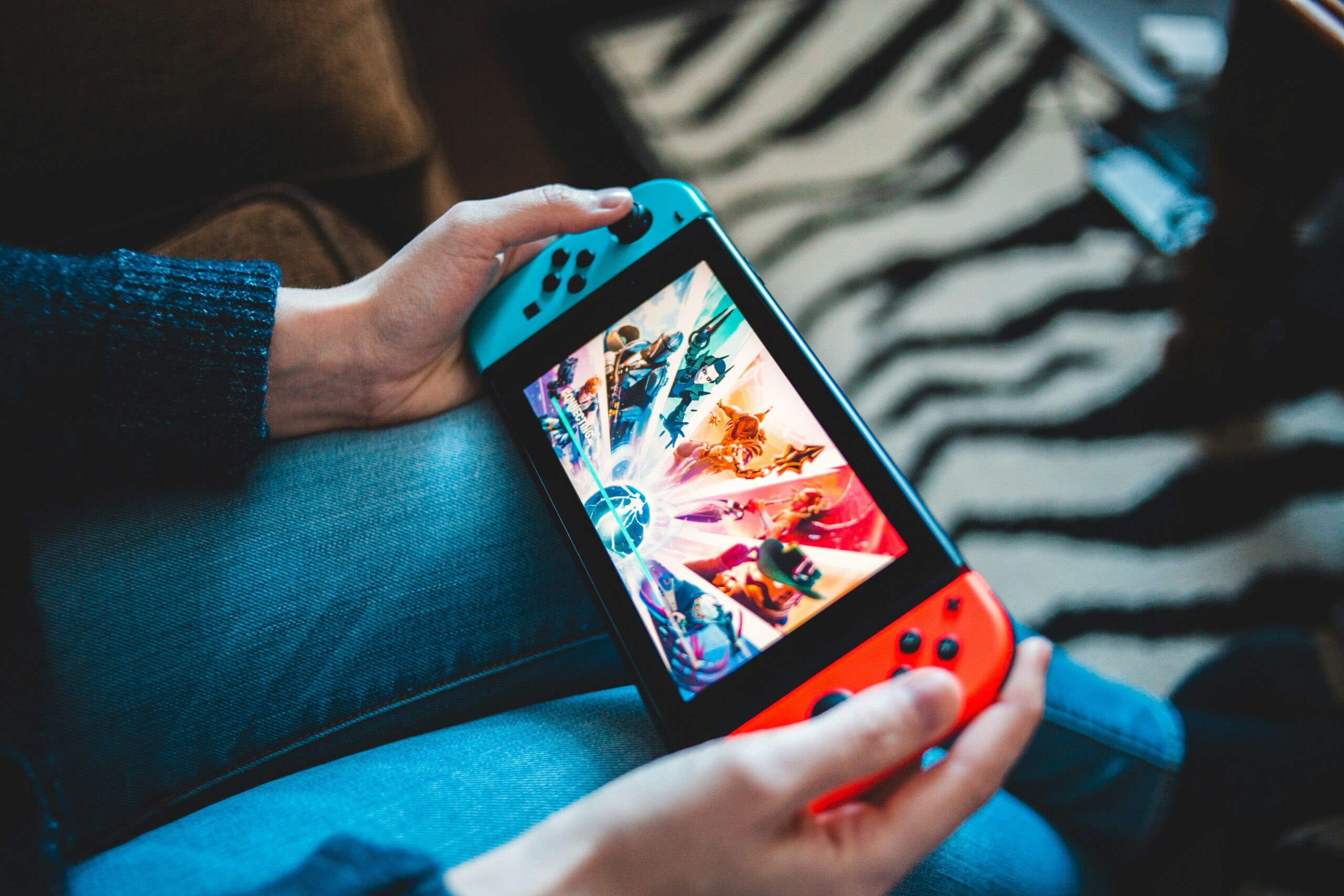

Introduction to the world of indie games
The gaming landscape is evolving rapidly, and at the heart of this transformation lies a movement that’s shaking up the industry. Indie games are capturing the attention of players worldwide, showcasing creativity and innovation like never before. With their unique storytelling and artistic flair, these titles stand apart from big-budget blockbusters.
Gone are the days when only major studios could dominate the gaming scene. Today, passionate creators with small teams can produce captivating experiences that resonate deeply with gamers of all ages. The indie gaming world is no longer a niche; it’s become a vibrant community filled with diverse voices and groundbreaking ideas just waiting to be explored.
Join us as we dive into this exciting realm where imagination knows no bounds!
The evolution of the gaming industry
The gaming industry has come a long way since its inception. It all started with simple arcade machines and pixelated graphics. Players would gather around these machines, captivated by their novelty.
Then came home consoles, revolutionizing how games were consumed. Families could enjoy gaming together in the comfort of their living rooms. The introduction of 3D graphics opened new doors for creativity, making gameplay immersive and exciting.
As technology advanced, online multiplayer became a game-changer. Gamers could connect across the globe, forming communities and friendships that transcended borders.
Fast forward to today: mobile gaming is surging in popularity. Smartphones have made games accessible to everyone, regardless of age or background.
Amidst this evolution lies the rise of indie developers who challenge traditional norms with unique storytelling and innovative designs. Their contributions are reshaping the landscape, proving that passion can rival big-budget productions.
Factors contributing to the rise of indie games
The rise of indie games can be credited to several key factors. First, accessibility has dramatically improved. Powerful game development tools are now available at minimal costs. Platforms like Unity and Unreal Engine democratize the creation process.
Moreover, digital distribution platforms have changed the landscape. Steam, itch.io, and consoles’ online stores provide a direct avenue for developers to reach gamers without needing major publishers.
Social media also plays a massive role in this growth. Developers can market their creations directly to audiences through Twitter or TikTok, building communities around their projects even before launch.
Additionally, players increasingly seek unique experiences over mainstream offerings. Indie developers often push boundaries with innovative gameplay mechanics and storytelling that resonate with niche audiences looking for something fresh and original.
Funding opportunities such as crowdfunding on Kickstarter allow creators to bring their visions to life without sacrificing creative control.
The impact of technology on indie game development
Technology has revolutionized indie game development. Accessible tools have empowered creators like never before. Game engines such as Unity and Unreal Engine offer user-friendly interfaces, enabling small teams to build immersive worlds.
Digital distribution platforms changed the landscape too. Services like Steam and itch.io allow developers to reach global audiences without hefty marketing budgets. The barriers are lower; anyone with passion can showcase their work.
Crowdfunding adds another layer of opportunity. Platforms like Kickstarter help finance unique projects that might otherwise struggle for support. This democratization fosters creativity and originality.
Moreover, advancements in graphics and sound design make it possible for indie games to rival big-budget titles visually and audibly. Developers can create rich experiences on limited resources, pushing boundaries in storytelling and gameplay mechanics.
Community feedback is now instant thanks to social media channels, fostering collaboration between players and developers during the creation process.
Success stories in the indie game world
Indie games have carved out a niche filled with creativity and innovation. Titles like “Hollow Knight” captivated players with stunning visuals and intricate gameplay. Developed by Team Cherry, this Metroidvania-style game showcased how passion can lead to phenomenal results.
Another remarkable success is “Stardew Valley.” This farming simulation game created by ConcernedApe quickly became a beloved classic. Its charming art style and engaging mechanics resonated with fans, leading to millions of copies sold.
Then there’s “Celeste,” which combines platforming challenges with a heartfelt narrative about mental health. The game’s unique approach won it numerous awards, proving that indie developers can tackle complex themes while delivering exciting gameplay.
These stories highlight the diverse range of experiences in indie gaming. They inspire aspiring creators everywhere to take risks and chase their dreams without the backing of major studios.
The future of indie games and its role in the gaming industry
The future of indie games looks bright and full of potential. As larger studios often chase blockbuster hits, smaller developers can explore unique narratives and experimental gameplay.
With advancements in technology, indie creators have more tools at their disposal than ever before. Platforms like Unity and Unreal Engine enable them to bring ambitious visions to life without massive budgets.
Moreover, the rise of digital distribution has leveled the playing field. Indie titles can now reach global audiences easily through platforms like Steam or itch.io. This accessibility fosters diverse voices that resonate with gamers worldwide.
As players increasingly seek originality over formulaic experiences, indie games will play a crucial role in shaping industry trends. Their ability to innovate keeps the gaming landscape vibrant and multifaceted, appealing to both casual gamers and enthusiasts alike.
Expect collaborations between established studios and indie developers as they merge creativity with experience for groundbreaking projects ahead. The journey is just beginning.
Conclusion
The indie game scene continues to flourish, capturing the hearts of players around the globe. With its unique storytelling, innovative gameplay mechanics, and a diverse range of artistic styles, indie games are redefining what it means to be a gamer.
As technology advances and development tools become more accessible, we can expect an even greater wave of creativity from independent developers. They no longer require hefty budgets or large teams to bring their visions to life. The democratization of game development has opened doors for talent that may have otherwise remained undiscovered.
Success stories like “Hollow Knight” and “Celeste” demonstrate that passion combined with hard work can yield incredible results. These games not only find financial success but also resonate deeply within gaming communities.
Looking ahead, the role of indie games in the larger gaming landscape will likely grow stronger. Their ability to push boundaries and experiment with new ideas keeps the industry fresh and exciting. As players continue seeking authentic experiences over cookie-cutter titles, indie developers will remain at the forefront of innovation.
The future is bright for these creators who dare to dream big on small budgets. Their journeys inspire both seasoned gamers and aspiring developers alike. It’s clear: when it comes to gaming’s evolution, it’s truly game on!
